|
This exercise will work on any instrument. You should vary the tempo of the metronome as your skills increase. Counting aloud is imperative. No counting in your head or mumbling. Speak boldly and clearly as you play. The first two measures are counted only. You begin playing in measure three.
Good luck
0 Comments
Learning tunes from a fake book is the hard way to go about things. Here is the Bill McBernie method of jazz practice in which you play by ear to multiple recordings. I could recall the basic outline of the tune "A foggy day" from playing it years ago. That helped. (If you don't know the tune, you must listen until you can sing along.) Below are the recordings and the order in which I played them. Some were played numerous times as I recalled more of the melody and figured out the key. The song was played in the keys of F, C, Eb, and Bb. I played along on vibes, not piano. I focused only on the melody . As the practicing progressed, I began to recall and understand the chords. Today I was playing it on the piano, from memory, with the chords. David
Listening and Analysis The following exercises were created for a professional student. These exercises will work with almost any kind of music. If you choose classical music, I suggest music of the Baroque, Classical or Romantic eras as the scores are easily found online. If you choose pop music, the website www.musicnotes.com has the first page of every pop song that they publish, which you can use to check your answers later. The following lesson is meant to be done without reference to the written scores or your instrument. The scores are only consulted at the end to check your work. You will need: a pencil, blank manuscript paper, YouTube access, and ear buds. Listen to the first 10 seconds or so of the piece you’ve chosen. Rewind and listen again. Then start in. Repeated listening will be required. Meter
Tonality
Tempo
Dynamics
Instrumentation and orchestration
Next step is to sit with your instrument and figure out the melodies that you are hearing. Then, at the piano, check your chord progressions. After you have answered these questions download the score and compare your answers. Have fun. If I can help you, please call me. David
Playing in different keys is an invaluable skill. You will learn to visualize musical shapes, key signatures, and hear rhythm in new ways. Try playing just the melody in the following keys with the recordings. Modify your note and rhythm choices to fit in the best you can.
The assignment is to play and mimic the melody with the recordings. You will learn jazz rhythm, jazz articulations and phrasing all by ear. Have fun. David Revised August 2022 Steps to successDay One
1. Dust off the metronome. 2. Set it at 60. Also known as 60 BPM (Beats per minute) 3. Practice counting aloud to the metronome: 1-2-3-4, one number per click. 4. Continue counting aloud and clap measures 1 to 9. 5. Continue counting aloud and play the right-hand notes measures 1 to 9. Counting aloud is the imperative step for success. 6. Add the left hand and repeat measures 1 to 9. 7. Move the metronome to 70 BPM and repeat the passage. 8. Call it a day. Day Two 1. Repeat yesterday's steps with the whole notes at 80 BPM. 2. Reset the metronome to 60. 3. Practice counting aloud to the metronome: 1-2-3-4 one number per click. 4. Continue counting aloud and clap measures 10 to 14. 5. Continue counting aloud and play the right-hand notes measures 10 to 14. Counting aloud is imperative for success. 6. Add the left hand and repeat measures 10 to 14. 7. Move the metronome to 70 BPM and repeat the passage. 8. Call it a day. Day Three 1. Repeat yesterday's steps with the half notes at 80 BPM. 2. Reset the metronome to 60. 3. Practice counting aloud to the metronome: 1-2-3-4 one number per click. 4. Continue counting aloud and clap measures 15 through 18. 5. Continue counting aloud and play the right-hand notes measures 15 through 18. Counting aloud is imperative for success. 6. Add the left hand and repeat measures 15 through 18. 7. Move the metronome to 70 BPM and repeat the passage. 8. Stop for the day. Day Four 1. You know what to do. If I can help you learn to count aloud while playing, call me. David Revised August 2022 Why use a metronome?
How to use the metronome.
If I can help you learn to count, call me. David Revised August 2022 This is a simple concept that can be difficult to execute. When the melody goes up crescendo. When the melody goes diminuendo. The change will be small unless the composer indicates otherwise. Exceptions are clearly marked in the score. The last note in a melody before a rest, in Classical music, is played gently unless the composer indicates otherwise. The last note in a melody before a rest, in Jazz music, is played strongly unless the composer indicates otherwise. Please check out the following recording. If I can help you, call me. David Revised August 2022
These three are the most neglected aspects of music study. Theory Skilled musicians see harmonic, rythmic, and structural patterns in the music, beginners see a string of notes. The purpose of theory study is to help us to see and understand these patterns and their significance, which over time, leads to artistry. As a former teacher put it, "understanding what you are seeing makes everything easier." How you think about the drum set, what you have heard, and what you understand about the musical past of the instrument determine how you play the instrument musically. Ed Soph, master teacher History
Different eras of music sound different. When you understand the broad outline of music history, you will have informed knowledge on the interpretation of the piece. Ear Training Ear training is a wide set of skills:
Some folks have it easier here than others, but I can confidently say that as a kid I started with a tin-ear, but over time, with practice I developed a high degree of skill. I can help you too. Call me. David Revised August 2022 Here are my thoughts the acquisition of jazz chops.
1. Learn and memorize tunes by ear. Generations of Jazz musicians have taken this route. If playing by ear is difficult, call me for ear training lessons. 2. Join a band and play as much as possible. A young musician asked Art Blakey how he could improve. "Play every night" was his response. 3. Transcribe like crazy. If this is difficult, I teach music theory. 4. Record everything you do. Recording yourself is the best feedback you have between lessons. 5. Learn more tunes. "The musician with the largest repertoire wins". 6. Practice your technique, at various tempos, with a metronome. All great musicians have a deep sense of time. 7. Play Bach, Debussy, and Faure. Jazz piano is notoriously diminishing of our left-hand skills. I practice classical music to maintain my left-hand piano skills. 8. Keep up your lessons. I’ve been taking lessons for over 50 years. 9. Join a second band that plays only original music. Playing original music solidifies the skills and knowledge of composition, theory, history, leadership, notation, and more. 10. Write original music for solo piano. Bonus. Read and explore the history of jazz prior to heading to jazz school. If I can help you call me. David Revised August 2022 What should I practice at the piano?
What to practice is the perennial question? Here are some of the thoughts gleaned from decades of personal practice and observing countless students.
If I can help, call me. David revised August 2022 Jazz is primarily about rhythm and articulations, those tricky bits that are impossible to notate. Harmony is like math, fun for many and much easier to get your head around for most than rhythm and articulation. Or so beginners believe. But when the moment of truth arrives at a jam session theory goes mostly out the window and instinct kicks in. Adam Maness explores this theme in his video "Why do I still suck". Jorge Mabarak, on Facebook, puts it well, theory is a tool. I propose that rhythm is the key. And ear training is the secret. Here is a practice time breakdown that may work for you:
If I can help, please call me. David Revised September 2022
Revised October 2022 Rankings:
What can I do for you?
In short, I will present the material to you in a logical fashion, according to your specific circumstances, using a variety 21st c. multi-modal techniques and provide you with weekly feedback. Call me. David (Authors note I own more than one hundred drum books, listened to hundreds of hours of drumming podcasts, and subscribed to jazz and drum education subscription services promising great masterclass from my jazz heroes. I live on YouTube. Furthermore, I own too many drum sets, snare drums, cymbals and drumming paraphernalia. So, I understand your plight, frustrations, anxieties, and determination.) Revised October 2022 Playing well ultimately means playing by ear.
Adult piano students tend to rely on their visual and analytical strengths. The parts that lead to professional success. Their tactile and auditory sides are often weak. “Tactile, what’s that?” “Playing by ear? I’m no good. Or really?” They either have little confidence, or they are unaware of how to use this skill already in their possession. Piano studies are traditionally a visual study based around the authority of the text. Obedience and deference are the watchwords. But to realize your musical dreams and reach your aspirations this side will have to be developed and refined until you can confidently rely on it. A classical pianist executes a game plan. Every note has been planned and rehearsed. They have tried different approaches and made their decisions. They have learned every note by heart to a point where they can play with the music. What they hear they can execute. What they hear is based on years of study, practice, transcription, coaching feedback, concert attendance, theory and history studies and lots more. A jazz pianist plays what they hear in their head. They never execute an idea and say, "dang, where did that come from?' No way, their minds are singing just slightly ahead of their hands. What they hear they can execute. What they hear is based on years of study, practice, transcription, coaching feedback, concert attendance, theory and history studies and lots more. Playing imaginatively by ear requires a rich reservoir of musical ideas and experiences. I can get you started by helping you play by ear. Call me, David 4 hours of practice: No Grinding. Top 5 tips for practicing any musical instrument
Playing
General and Jazz Specific Theory
If you would like some help, call me. David Working through the Four Star Books is recommended. An effective book, but, hardly that exciting. So... Sometimes we work out by ear famous Rock era "licks" or motifs from well know melodies. The famous opening melody uses B, C#, and D. Have a listen and give it a go. Classical motives are fun too. Opening motif is in C minor, starting on G. Da da da DAAA, da da da DAA
Have fun. David This lick can be found in numerous pieces. Below is a sampling. Sometimes it is played in the minor key. Sometimes it is sung in the chorus, sometimes it is fragmented on the introductions, sometimes it is played during a solo, and sometimes it is played on instrumental breaks. Horace Silver plays the lick thirteen times during his solo. See if you can locate them. Practice suggestions. 1. Listen to each piece and locate the lick. 2. Figure out which key it is played in. 3. Play the lick with the recording, coming in only when the lick is played. David Story
|
You've got to learn your instrument. Then, you practice, practice, practice. And then, when you finally get up there on the bandstand, forget all that and just wail. AuthorI'm a professional pianist and music educator in West Toronto Ontario. I'm also a devoted percussionist and drum teacher. Categories
All
|

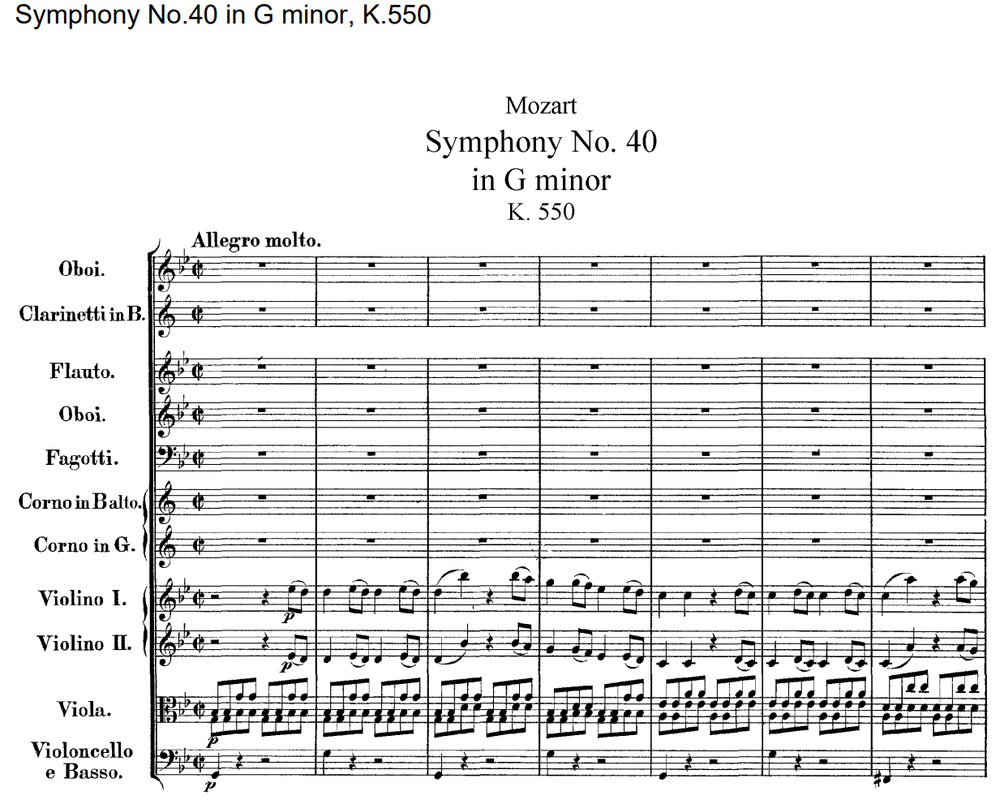
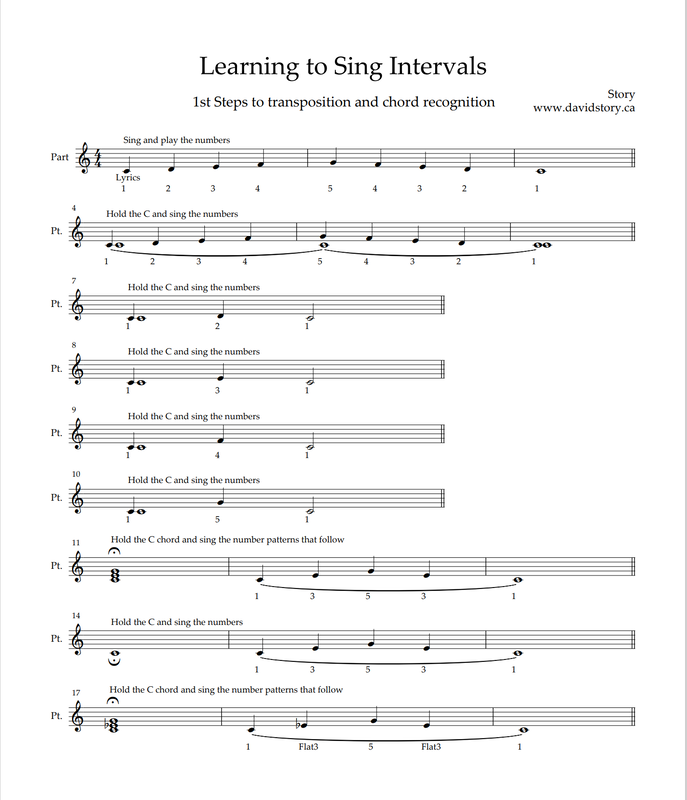
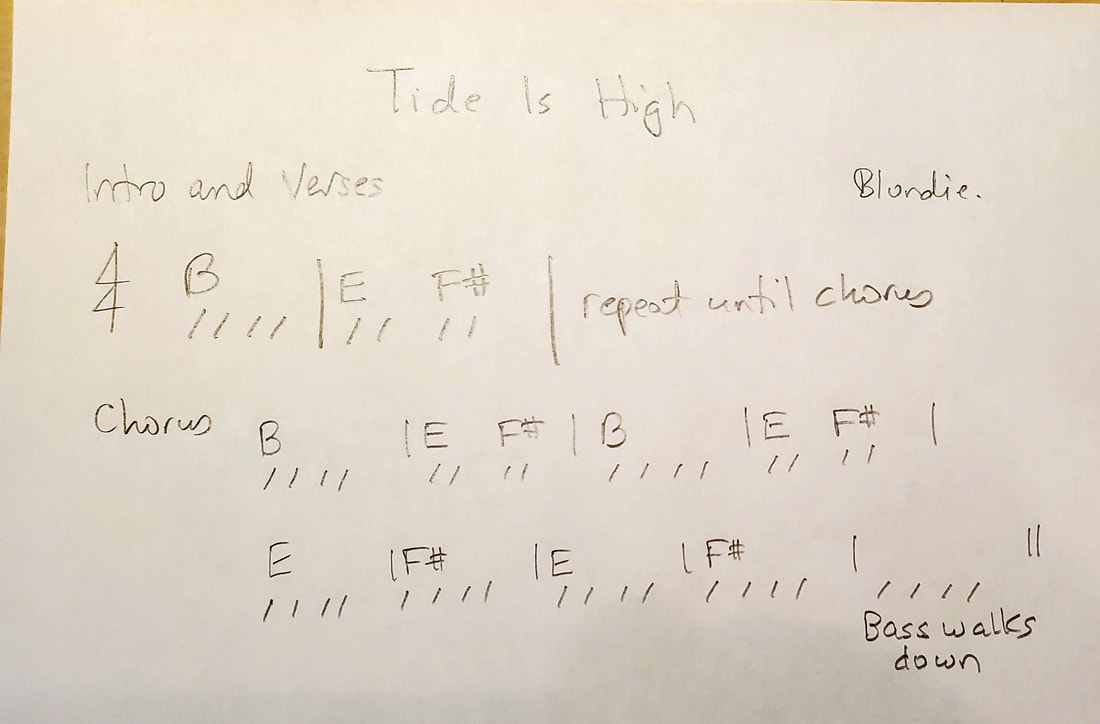
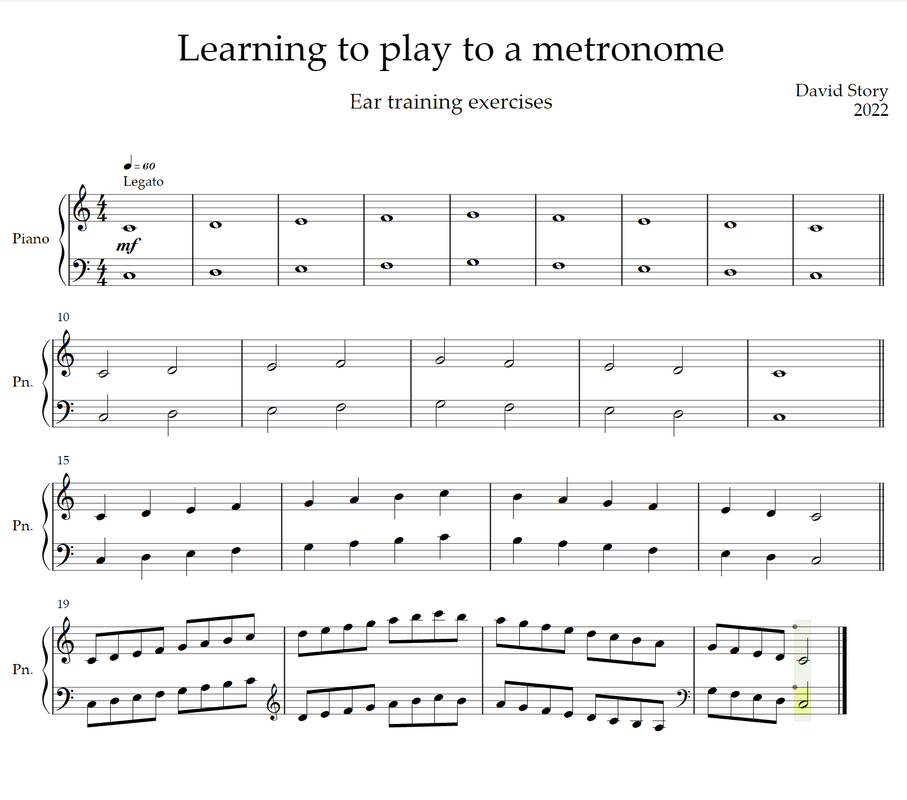
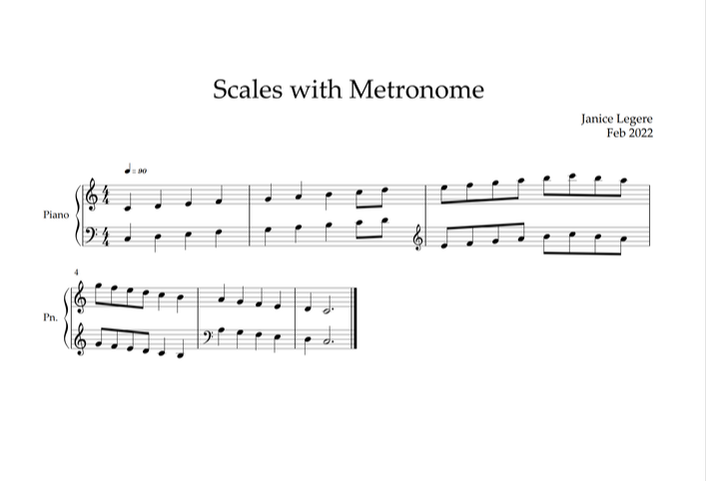
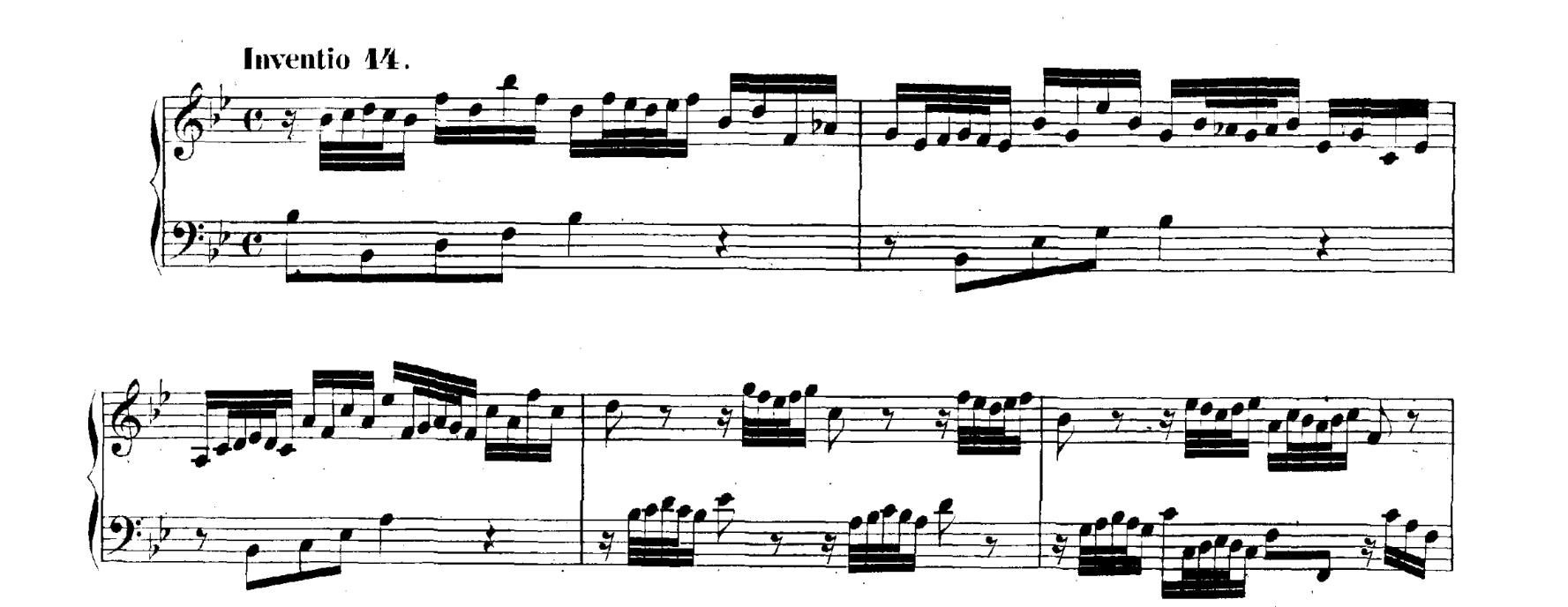
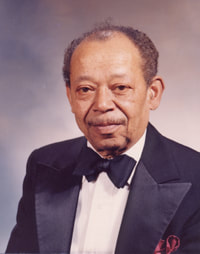
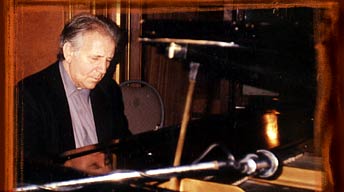
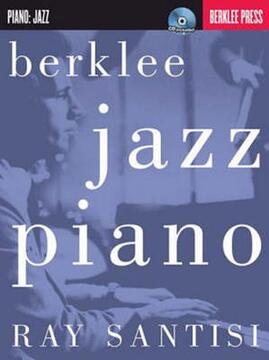
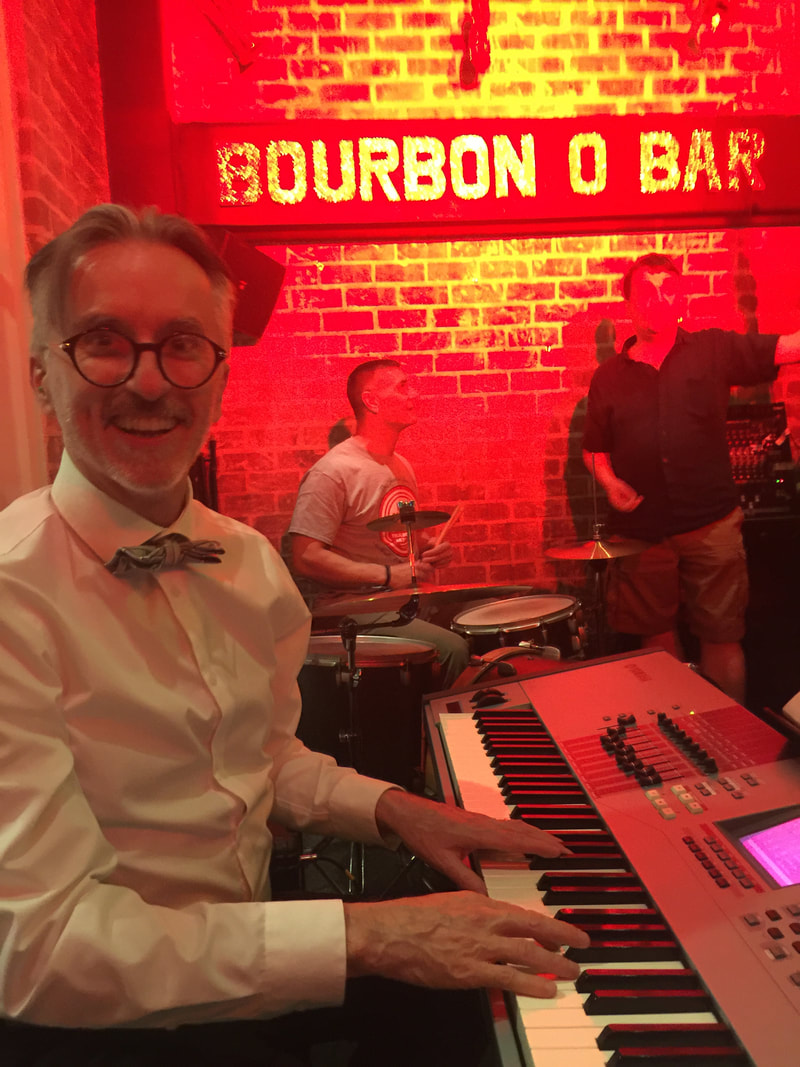
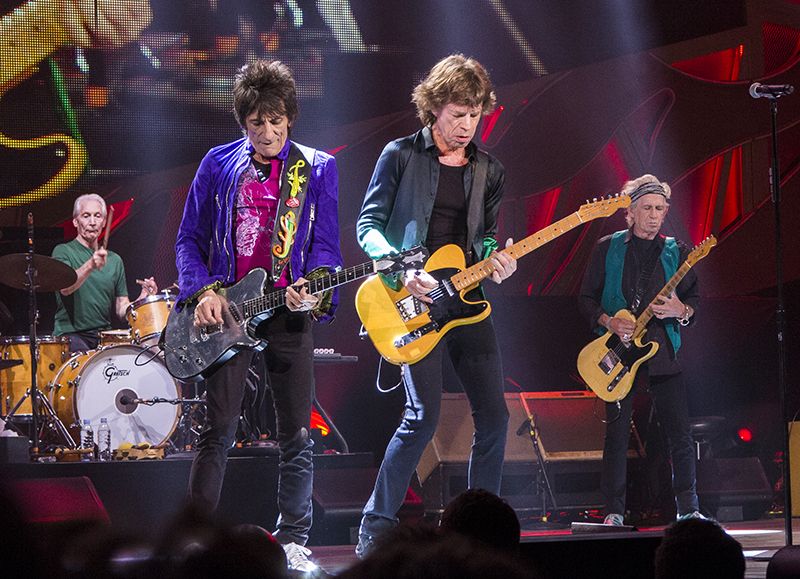

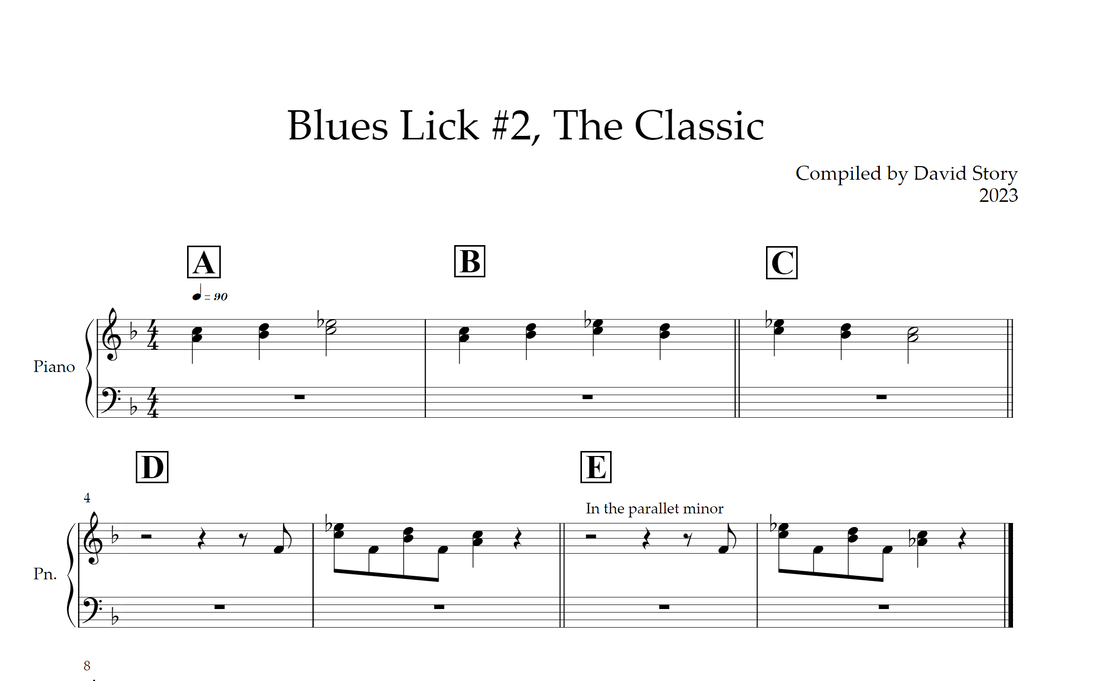
 RSS Feed
RSS Feed